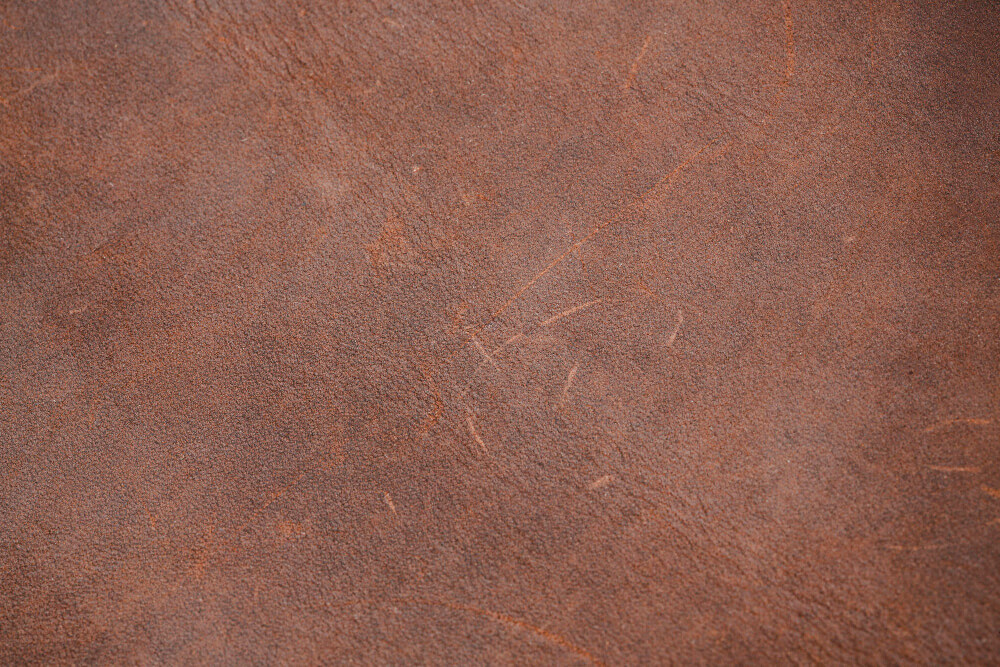The “Should I Fix This?” Checklist
How to Repair Peeling Faux Leather Seeing that first little flap of faux leather peel up on your favorite car seat, comfy couch, or go-to bag is a special kind of frustration. It’s easy to feel like the item is ruined forever and your only option is to hide it with a throw pillow or start shopping for a costly replacement.
But hold that thought!
Before you give up or assume a repair will be too complicated, let’s take a deep breath together. The truth is, a surprising number of peeling faux leather problems are perfectly fixable with a little know-how and the right materials. The real secret to success isn’t just knowing how to fix it. It’s knowing if you should fix it yourself.
This quick 30-second checklist is your first and most important step. It will help you figure out if your damaged item is a great candidate for a DIY rescue mission or if it might be beyond the point of no return. Let’s figure this out, together.
Grab your item and ask yourself these three simple questions:
How Big is the Damaged Area?
The Good Sign: The peeling spot is smaller than a dinner plate, or better yet, it’s just a few small, separate flaps. A localized problem like this is ideal for a DIY faux leather repair.
The Red Flag: The peeling is widespread, covering most of the seat cushion or the entire arm of the chair. When over 50% of the surface is affected, it’s often more cost-effective and less time-consuming to consider replacement or professional re-upholstery. (How to Repair Peeling Faux Leather)
What’s Underneath the Peel?
Gently lift the peeling flap (don’t pull it off!). What do you see underneath?
The Good Sign: You see a sturdy, woven fabric backing that’s still fully intact. This fabric is what gives the material its strength, and if it’s in good shape, it provides a perfect surface for the glue to bond to. This is a key factor for a successful fix for peeling faux leather.
Red Flag: The backing fabric is also torn, frayed, or has crumbled away. If the “canvas” is damaged, it’s much harder to create a strong, lasting repair.
Can I Press the Flap Back Down?
The Good Sign: You can gently tuck the peeling layer back into place, and it more or less stays where you put it. This means the original material is still flexible enough to work with, and a simple glue for peeling vinyl will be all you need to lock it down permanently.
The Red Flag: The material is so brittle that it cracks when you try to move it, or it refuses to lay flat at all.
So, what’s the verdict?
If you found yourself nodding along to the “Good Signs,” then congratulations! You are holding a perfect candidate for a do-it-yourself repair. The steps ahead will be straightforward, and you are about to save a ton of money and feel a huge sense of accomplishment.
If you encountered more “Red Flags,” don’t be discouraged. It simply means your item has seen a long, well-loved life, and a professional might be the best path forward to get it looking new again.
Ready to rescue your item? Let’s move on to some crucial first aid to stop the damage in its tracks.
Stop the Peel! Immediate First Aid
Before you run to the store, let’s do some quick first aid. This stops the problem from getting worse.
- Don’t Pull! Resist the urge to peel the flap further.
- Tape It Down: Use a piece of low-tack painter’s tape to gently secure the loose material back in place. This prevents it from snagging and tearing more.
- Clean Gently: Wipe the area with a damp cloth to remove surface dirt.
This two-minute step makes the final repair of peeling faux leather much easier and more effective.
Pick Your Project: What Are You Fixing?
The best repair method depends on your item.
- For Car Seats: You need a tough, heat-resistant glue or a vinyl repair kit made for cars. It has to withstand sun and temperature changes.
- For Couches & Chairs: Focus on a strong bond and color matching. Since it’s indoors, you have more glue options for your peeling faux leather sofa.
- For Bags & Jackets: Flexibility is key! Use a flexible fabric glue so the repair moves with you without cracking.
The 5-Minute vs. 30-Minute Repair
Choose your path:
The 5-Minute Fix:
Perfect for a small, cleanly lifted flap. This is a simple glue down job. It’s fast, easy, and incredibly effective for stopping a small problem.
The 30-Minute Restoration:
Needed for larger areas or missing pieces. This is where you use a faux leather repair kit with filler and color to rebuild the spot. It takes more time but makes the item look new again.
Your Simple Shopping List
You don’t need much!
For the Quick Fix:
- Strong, clear-drying Fabric Glue (like Gorilla Fabric Glue or E6000)
- Rubbing Alcohol & Cotton Swabs
- Painter’s Tape
- A small spatula or butter knife
For the Total Restoration:
- A Faux Leather Repair Kit (like VinylTec)
- All the items from the “Quick Fix” list above.
Your 5-Step Fix-It Plan
Follow these steps for a perfect finish:
- Prep & Clean: Clean the area under the peel with rubbing alcohol. This is the most important step for a strong bond.
- Apply & Press: Apply a thin layer of glue to both surfaces. Press firmly together and wipe away any excess.
- Cure & Dry: Use painter’s tape to hold it flat. Let it dry completely overnight is best! This ensures a permanent fix.
- Blend & Color: Use the colored dye from your kit or a faux leather paint to blend the repair into the surrounding area.
- Protect & Maintain: Apply a vinyl conditioner to the entire item to keep the rest of the material from peeling.
Mistakes You Must Avoid
Don’t let simple errors ruin your hard work!
- Too Much Glue: A thin layer is stronger and neater than a thick, lumpy one.
- Not Letting it Dry: Impatience is the #1 reason repairs fail. Let the glue cure fully.
- Skipping the Color Blend: If you want it to be invisible, you must color-match the spot.
When to Call a Professional
This guide empowers you to fix most problems. But be honest with yourself. If the damage is huge (like an entire sofa cushion) or the backing fabric is shredded, it might be time to call a pro. There’s no shame in getting an expert opinion for a job that’s too big.


